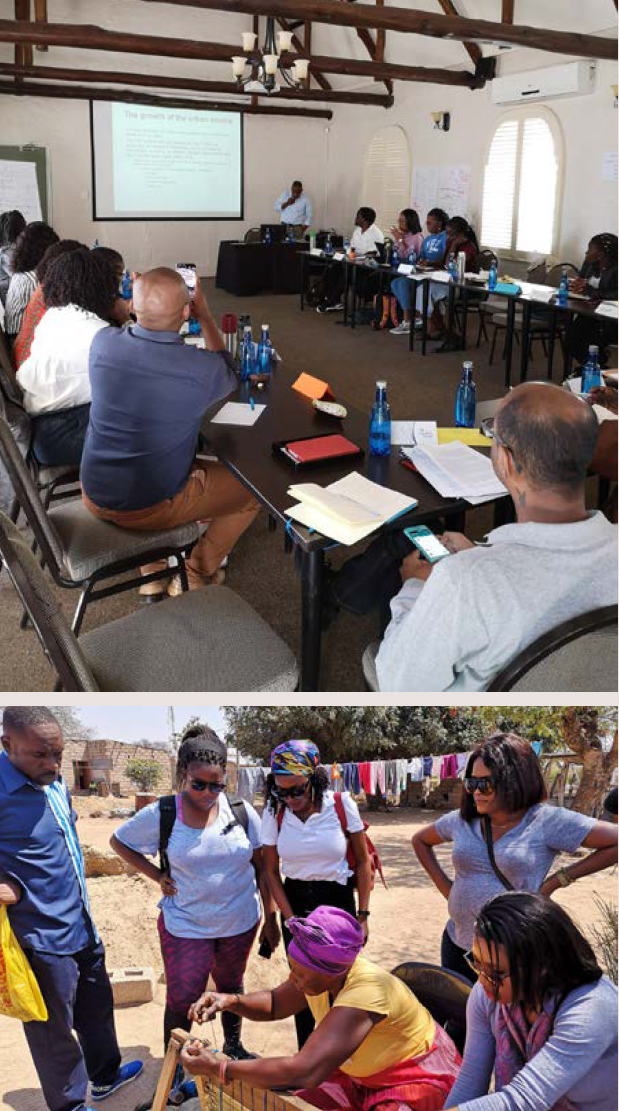Integrated report 2019


In 2019, the Exxaro chair at the University of South Africa (Unisa) published leading academic publications. In addition, the Unisa SDGs Localisation Indaba in Higher Education was organised, as well as a research study by a PhD student on the impacts of climate change on tourism. The study was the first of its kind in Zambia and Zimbabwe.

The Exxaro energy efficiency chair at the University of Pretoria worked on several novel research projects in 2019.
Projects researching energy efficiency and energy storage focused on hierarchical predictive control for super capacitorretrofitted, grid-connected hybrid renewable systems as well as thermal management of hybrid energy storage systems based on spatial arrangement.
Another project focused on water efficiency and optimised use of water resources in arid and semi-arid regions.
An ongoing project is researching technologically advanced agricultural systems, including a greenhouse climate model for predictive control of energy costs.
Research also began during the year into unified electric vehicle energy management and speed control, including hybrid energy storage, which could be a breakthrough for manufacturers.

The Global Change Institute (GCI) at the University of the Witwatersrand (Wits), which hosts Exxaro’s global change and sustainability chair, collaborated with the Australian National University in a training programme for 30 professionals across Africa on climate adaptation and resilience.
The institute has the only bespoke global climate modelling capability in Africa. The model has been under development for several years in collaboration with the Council for Scientific and Industrial Research in South Africa, the Commonwealth Scientific and Industrial Research Organisation in Australia, the Japan Agency for Marine-Earth Science and Technology. It has a number of unique features, which make it particularly suitable for fine-resolution simulation of current and future climates in Africa. Computation is performed on the supercomputer at the high-performance computing centre in Cape Town where GCI is one of the major users. Apart from crucial analyses associated with the Intergovernmental Panel on Climate Change (one of only three models based in the southern hemisphere), the system is simulating the formation of clouds and rainfall over the eastern escarpment where most of South Africa’s water originates. It is also simulating the climate in Africa millions of years ago.